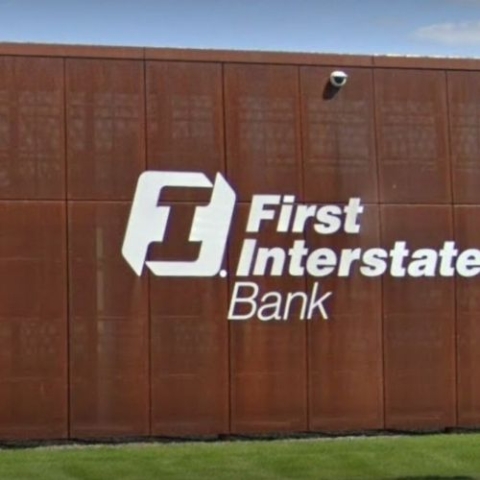Perforated Corten steel is a versatile and attractive material for projects that require durability and an artistic touch. It eliminates the need for a secondary process, such as powder coating. Weathering steel typically conforms to ASTM A242, ASTM A588, and ASTM A606-4 standards.
Request A Quote For Perforated Corten
Where did Corten Come From?

Corten is a brand name created by U.S. Steel in the 1930s. The name comes from "Cor," which stands for Corrosion resistance, and "Ten," which stands for tensile strength, or the strength of the steel itself. A fun fact—this steel was developed to avoid the added costs of painting! The rust layer that formed on the steel was stable enough to allow the material to sit out freely, eliminating the need for a secondary painting process.
Weathering Steel Specifications
- ASTM A242: When the process was eventually developed in the 1930s, ASTM A242 became the standard applied to it. It is an HSLA (High Strength, Low Alloy) Steel type with a 50 min yield and 70 min tensile, up to 3/4" thick.
- ASTM A588: ASTM A588 is an update to ASTM A242. It remains the same in terms of physical properties, but the chemical recipe of the steel itself is different. Because of this difference, the physical properties (50 min yield/70 min tensile) go up to 4" thick. Thicker material sees a reduction in strength properties.
- ASTM A606-4: Another HSLA steel type. This one is also available as a cold-rolled product and in lighter gauges. ASTM A606 is commonly made into roofing panels.,
- ASTM A847: This Corten specification applies to the pipe and tube market
Pros and Cons of Using Perforated Corten Steel
Advantages
- Longevity and durability: Ultimately, the product is made of steel, which is strong and, if properly cared for, will last a lifetime. With a 50-mine yield and 70-min tensile, it will meet some stringent specifications.
- A Unique Look: Rust's unique color tone often enhances the aesthetics of many areas, including booming metropolises. That industrial look is distinctive and can blend into the surroundings.
- Reduced need for protective coatings or maintenance: Since weathering steel already has built-in weathering properties, it doesn't require additional steps such as powder coating or other architectural coatings. That means you can obtain your material more quickly, as less processing is involved.
Disadvantages
- The initial cost is higher than regular steel: Since it is not used as much as other steel types, Corten typically costs more than other material types and can often have minimum tonnage requirements in order to run.
- It is not suitable for all environments: Despite being weathering steel, it doesn't perform well in areas with consistent rainfall. Additionally, high humidity and salt exposure can prevent the protective layer from forming, resulting in continuous corrosion.
- Runoff: Depending on where the material is placed, runoff from the rust and oxidation that forms might occur. In turn, this could stain the adjacent materials, resulting in increased replacement costs.
Common Applications
- Architecture:
- Perforated facades, cladding, and roofing
- Iconic buildings like the Barclays Center in Brooklyn have used Corten steel for its striking appearance
- Sculpture & Art:
- Outdoor sculptures and installations benefit from its unique weathering properties, such as the Picasso in Chicago
- Landscaping:
- Planters, retaining walls, and garden edging
Options for Perforated Steel
At Accurate, we have the experience to perforate Corten steel for your next architectural project. It comes in options such as blanks, flats, and coils. We can process material as light as 24 gauge up to 1/2" thick, in widths up to 60". Our patterns page will help you pick out the right pattern for your project. If you’re looking for perforated Corten steel Accurate is the PERFect choice.